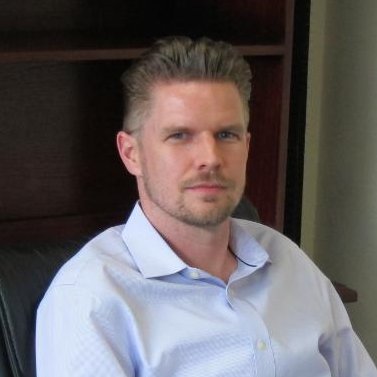Companies
Catbird CTO on why new security models are essential for highly virtualized data centers

By Dana Gardner
Interarbor Solutions
June 16, 2016 — Scotts Valley, CA
(Photo above: Holland Barry is the CTO at Catbird in Scotts Valley. Source: LinkedIn)
Are yesterday’s perimeter-based security infrastructure methods up to the task? Or are new approaches needed to gain policy-based control over all virtual assets at all times?
This discussion explores how increased virtualization across data centers translates into the need for new hybrid-computing approaches to security, compliance, and governance.
Just as next-generation data centers and private clouds are gaining traction, security threats are on the rise — and attack techniques are becoming more sophisticated.
Are yesterday’s perimeter-based security infrastructure methods up to the task? Or are new approaches needed to gain policy-based control over all virtual assets at all times?
To explore the future of security for virtual workloads, we’re joined by Holland Barry, CTO at Catbird in Scotts Valley. The discussion is moderated by me, Dana Gardner, Principal Analyst at Interarbor Solutions.
Here are some excerpts:
Gardner: Tell us why it’s a different picture nowadays when we look at data centers and private clouds. Oftentimes, people think similarly about security — just wrap a firewall around it and you’re okay. Why isn’t that the case? What’s new?
Barry: As we’ve introduced many layers of abstraction into the data center, trying to adapt those physical appliances that don’t move around as fluid as the workloads they’re protecting, it has become an issue. And as people virtualize more and we go more to this notion of a software-defined data center (SDDC), it has just proven a challenge to keep up, and we know that that layer on the perimeter is probably not sufficient anymore.
Gardner: It also strikes me that it’s a moving target, virtual workloads come and go. You want elasticity. You want to be able to have fit-for-purpose infrastructure, but that’s also a challenge when you can’t keep track of things and therefore secure them.
Barry: That’s absolutely right. The transient nature of workloads themselves make any type of rigid enforcement from a single device pretty tough to deal with. So you need something that was built to be fluid alongside those dynamic workloads.
Continue reading full transcript or listen to podcast here: http://www.briefingsdirecttranscriptsblogs.com/2016/06/catbird-cto-on-why-new-security-models.html
###
Tagged Catbird







